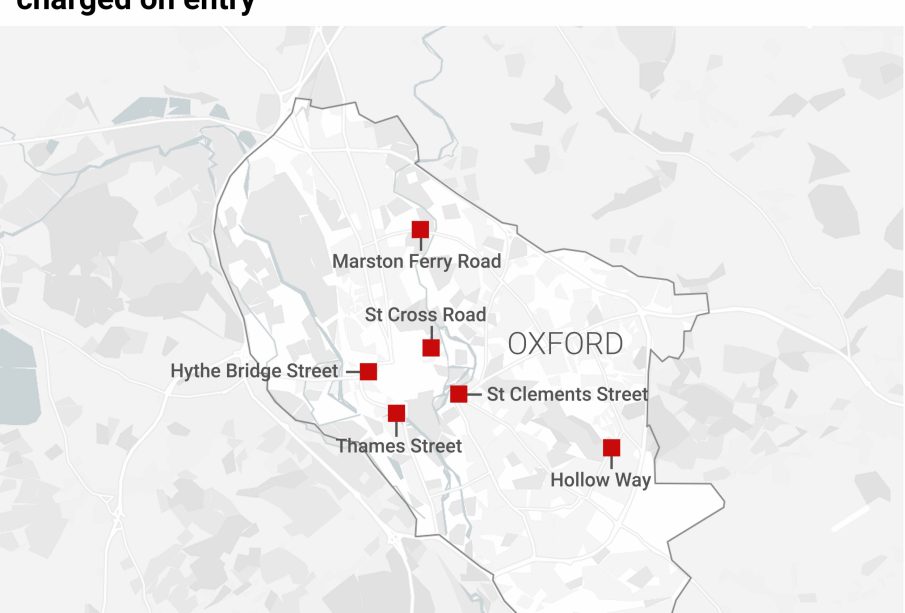Understanding the Oxford Congestion Charge Initiative

Introduction
The Oxford Congestion Charge, set to be implemented in early 2024, represents a significant step in the city’s efforts to tackle traffic congestion and improve air quality. With rising concerns about urban pollution and road safety, the charge aims to encourage sustainable transport options and reduce the number of vehicles in the city centre.
Details of the Congestion Charge
The congestion charge zone will cover the city centre, with a daily fee applied to vehicles entering during peak hours. Charges will be set at £5 for cars and £3 for vans, with exemptions for electric vehicles and those with special needs. The initiative is part of Oxford’s broader ‘Connecting Oxford’ plan, which aims to promote public transport, cycling, and walking, thus leading to a greener, more accessible city.
The Rationale Behind the Charge
Data from the Oxford City Council indicates that vehicle numbers in the city center have increased by 20% over the last decade, contributing to traffic jams and elevated levels of nitrogen dioxide (NO2) emissions. The introduction of the congestion charge is expected to reduce traffic by up to 25%, significantly improving air quality. Studies suggest that this could lead to a decrease in respiratory issues among residents.
Public Responses and Concerns
Public opinion on the congestion charge remains mixed. Supporters cite the potential environmental benefits and necessity of reducing traffic congestion, while opponents raise concerns about the impact on local businesses and accessibility for low-income residents. The city council has initiated several consultations to address these issues and explore solutions, such as discounts for frequent visitors and enhanced public transport alternatives.
Conclusion
As Oxford prepares for the launch of its congestion charge in 2024, the implications of this policy will be closely monitored by other cities facing similar challenges. If successful, the initiative could serve as a model for urban centres across the UK. The balance of supporting a thriving local economy while promoting sustainability will be crucial as Oxford embarks on this ambitious journey toward improved urban living.








